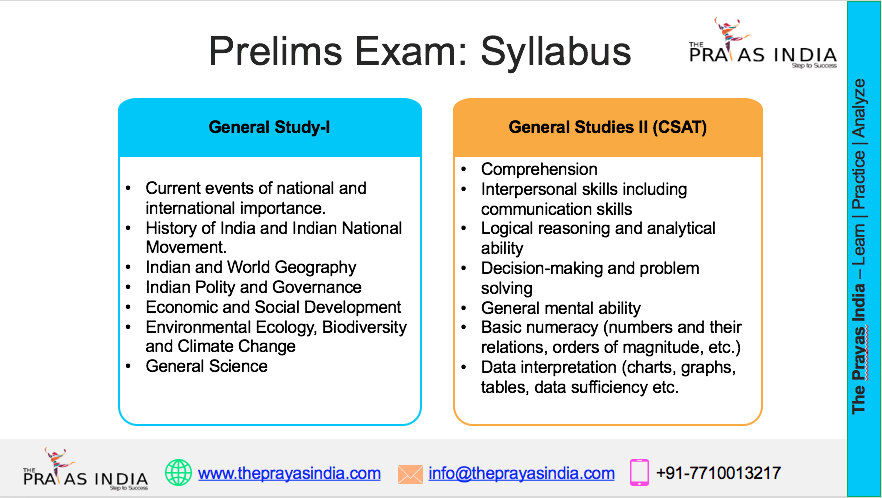Mizoram First Railway Line: Gateway to Northeast Connectivity
The inauguration of Mizoram’s first railway line marks a historic milestone in India’s northeastern infrastructure development. On September 13, 2025, Prime Minister Narendra Modi opened the Bairabi–Sairang broad-gauge railway, a 51.38 km rail corridor that links Mizoram’s capital Aizawl to India’s vast railway network for the very first time. This project plays a pivotal role in advancing the government’s Act East Policy, fostering greater connectivity and socio-economic growth.
Project Overview
Originally sanctioned in 2008-09, construction of the railway line began in 2015 with a total expenditure of approximately Rs 8,070 crore. The project navigates extremely challenging terrain, boasting:
- 45 tunnels and 142 bridges (55 major and 87 minor),
- Nearly 54% of the route runs through tunnels and bridges to manage the difficult Himalayan landscape,
- Bridge No. 144 near Sairang is India’s tallest pier railway bridge at 114 metres,
- Engineering feats included stabilizing loose sand to hardened rock for safer tunnel construction.
This ambitious undertaking stands as one of Indian Railways’ most complex projects, showcasing innovation in overcoming geographical barriers.
Strategic Importance
The new railway connects Bairabi, situated on the Assam–Mizoram border, directly to Sairang, a town just 20 km from Aizawl. With this development, Aizawl becomes the fourth northeastern state capital linked by rail, joining Guwahati, Agartala, and Itanagar. The rail line is expected to:
- Expedite transportation of goods and passengers,
- Lower logistics and travel costs,
- Boost tourism opportunities,
- Ensure timely supply of essentials such as food grains and fertilizers,
- Strengthen regional integration and economic development.
New Train Services
Along with the inauguration, Prime Minister Modi flagged off three new express trains serving this route:
- Sairang–Delhi Rajdhani Express (weekly),
- Sairang–Guwahati Express (daily),
- Sairang–Kolkata Express (thrice weekly).
These trains enhance passenger mobility and freight services, connecting Mizoram’s remote regions directly with major urban centers.
Complementary Infrastructure Projects
In parallel with the rail line, infrastructure boosts exceeding Rs 9,000 crore were announced, including:
- The 45-km Aizawl Bypass Road,
- Key regional roads such as Thenzawl–Sialsuk and Khankawn–Rongura,
- The Chhimtuipui bridge to enhance all-weather connectivity and facilitate cross-border trade under the Kaladan Multimodal Transit framework,
- Projects for an LPG bottling plant, sports complexes, and educational institutions under central government schemes.
These complementary projects collectively aim to improve market access for farmers and traders while advancing overall regional development.
Economic and Social Benefits
Mizoram’s first railway line is expected to be a catalyst for employment generation and economic activities. It will:
- Promote tourism by providing convenient travel,
- Facilitate efficient transport of agricultural and manufactured goods,
- Reduce the cost of commodities, benefiting over 12 lakh residents,
- Support the vision of integrating the Northeast more closely with the rest of India and neighboring nations.
In summary, the Bairabi–Sairang rail line is more than a transport corridor; it is a symbol of progress, connectivity, and hope for Mizoram and the entire region.




![Prayas-तेजस [UPSC CSE Sociology Optional] – Online & Offline](https://theprayasindia.com/wp-content/uploads/2025/09/Prayas-तेजस-UPSC-CSE-Optional-Subject-The-Prayas-India-300x300.png)
![Prayas-सूत्र [UPSC CSE Materials (Hardcopy)]](https://theprayasindia.com/wp-content/uploads/2025/09/Prayas-सूत्र-UPSC-CSE-Study-Materials-Hardcopy-The-Prayas-India-300x300.png)
![Prayas-मंत्रा [UPSC CSE CSAT]](https://theprayasindia.com/wp-content/uploads/2025/09/Prayas-मंत्रा-UPSC-CSE-CSAT-The-Prayas-India-300x300.png)
![Prayas सारथी [UPSC CSE One on One Mentorship]](https://theprayasindia.com/wp-content/uploads/2025/09/Prayas-सारथी-UPSC-CSE-One-on-One-Mentorship-The-Prayas-India-300x300.png)










